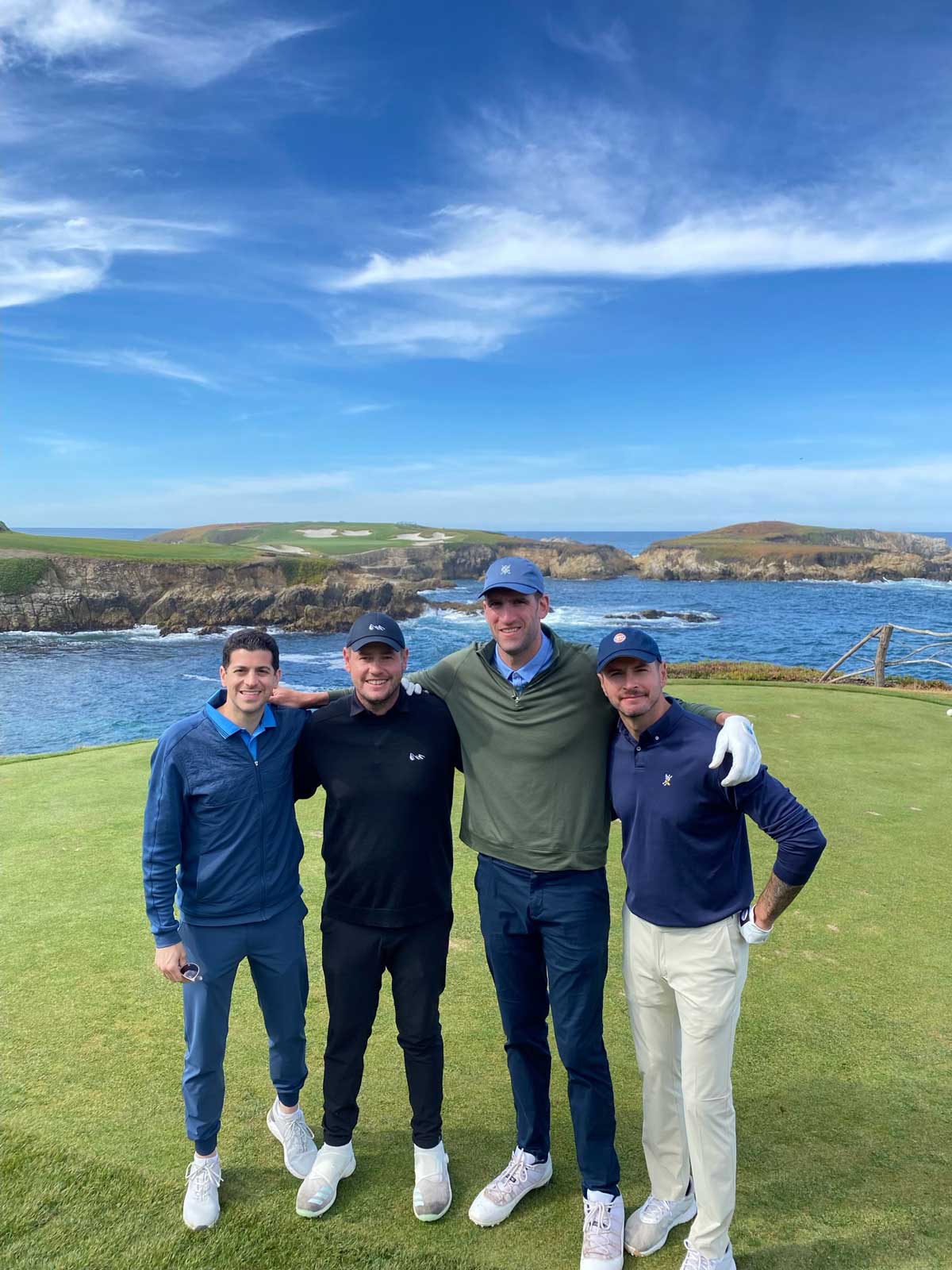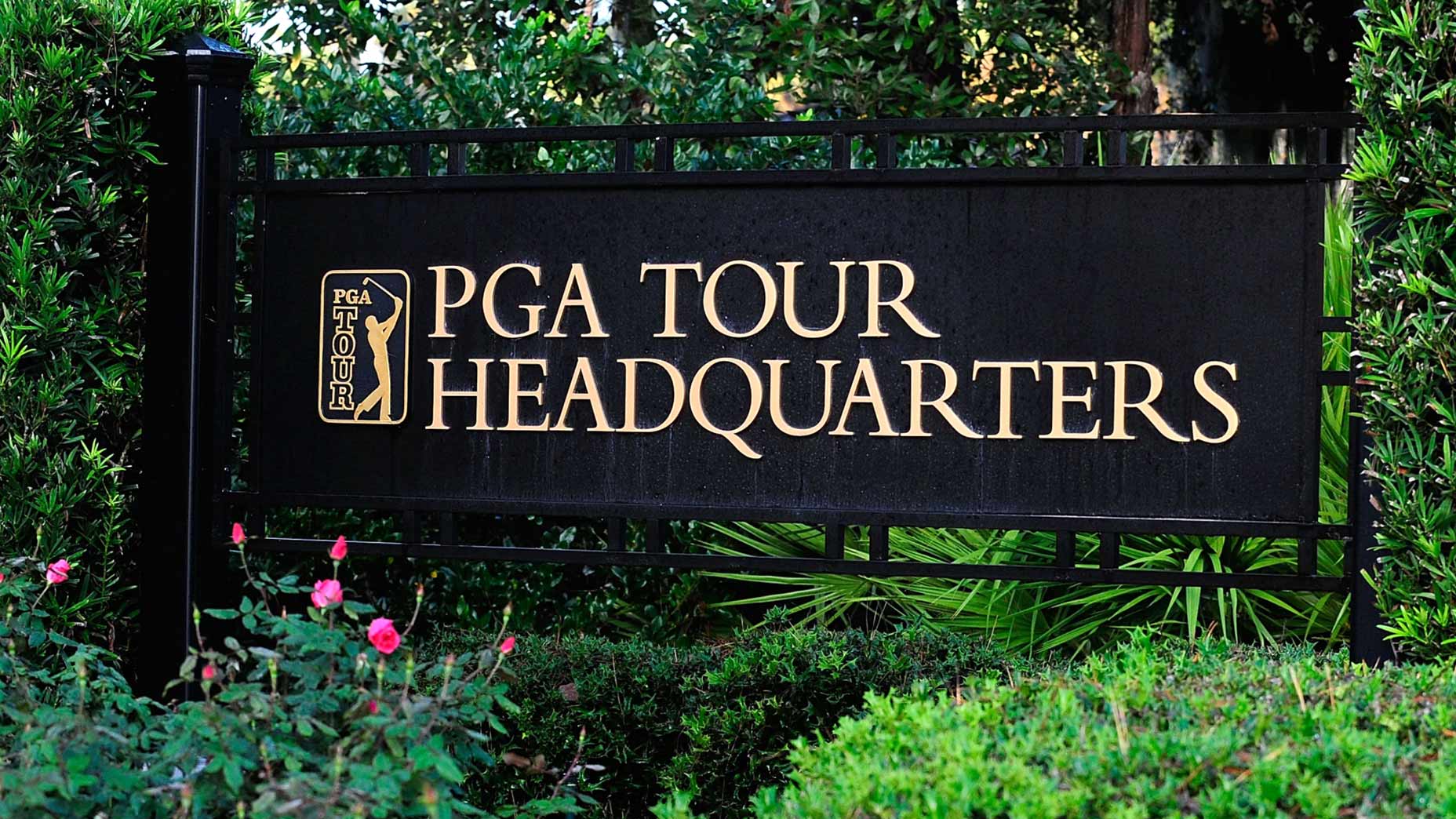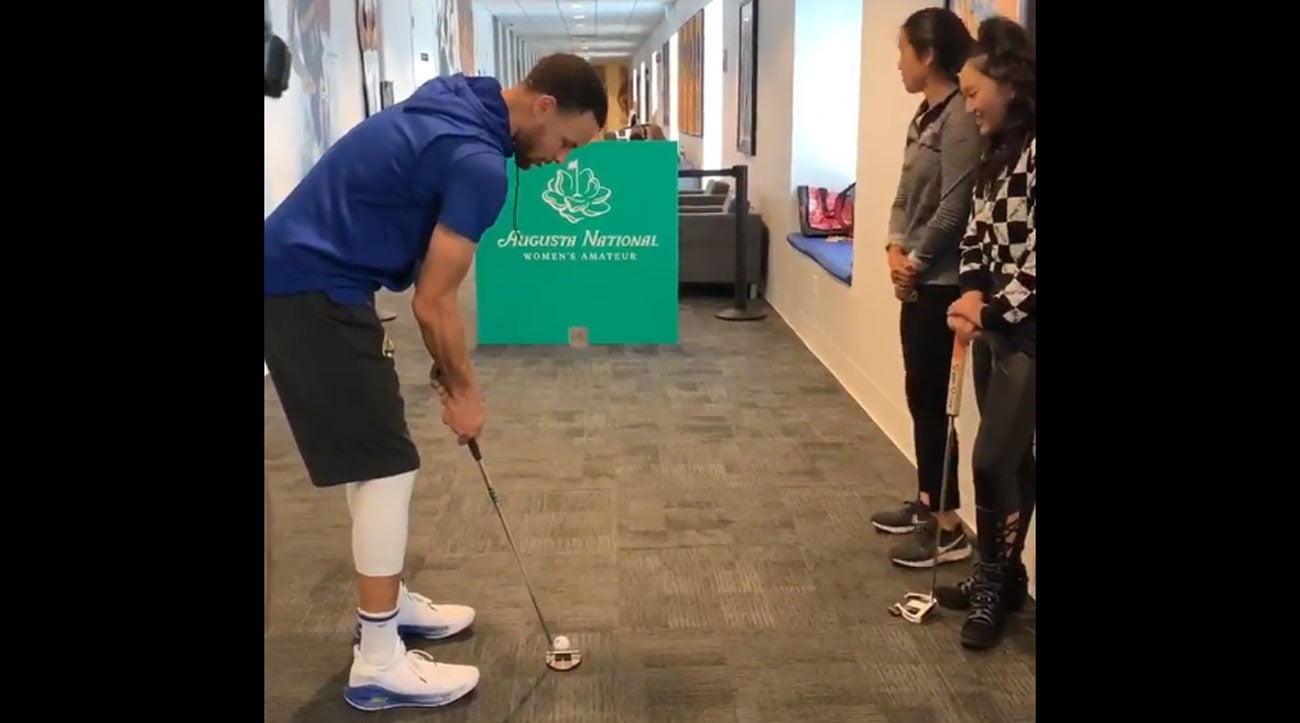In this wacky world, it’s hard to know where each of us will be in six months, let alone 18. But ask newly retired hoopster J.J. Redick and he knows exactly where he’ll be in 18 months: walking up and down the Pacific coast with spikes on his feet, hitting golf shots at Bandon Dunes.
“Bandon’s crazy right now, man,” he said in a phone interview the other day. “It’s crazy.”
Redick had just explained a months-long timeline of phone calls he made to secure the most precious of golf reservations. The earliest he could book a buddies trip for eight was summer 2023, so he snatched it up. It may conflict directly with his other new retirement gig — commenting on the NBA for ESPN — but so be it. The man is addicted to golf. Everything else will have to take a back seat.
This storyline here — ultra-competitive ex-athlete enters retirement and dives head-first into golf, the unconquerable game — is not a unique one. But what’s been so fun about Redick’s path into the sport is how gleefully he has forced it into his life.
Redick spent the latter part of his career outright avoiding golf, agreeing to play just one round from 2015 to 2020. It came at the ultra-exclusive Friar’s Head, one of the best courses in the world, out on Long Island. He’s a bit embarrassed to discuss the details these days, because, well, he wouldn’t have broken 120. But like many NBA players during the July 2020 bubble in Orlando, Redick’s recreational options were limited. Golf was more appealing than fishing a stocked lake in a pontoon in 95-degree heat.
His New Orleans Pelicans may have been bounced quickly from the bubble, but they stayed around long enough for Redick to play a handful of times and become fully infected by the golf bug. “I still suck, but I really sucked in the bubble,” he said. “But I still was like ‘Oh, this is awesome.’ And those Disney courses are fine. But then once I got back, I played Sebonack and I played The Bridge and I was like ‘Oh man.’”
We cannot fault the man for enjoying the perks of elite private golf on Long Island, but something about the sport flipped a switch in him. Golf was more than just the score he shot or the people he was pegging it with. It could be the thing he needed to fill the impending void of basketball.

“It kind of dawned on me,” he said. “I need something in retirement that is going to scratch some of these personality flaws that I had — i.e., obsession, OCD, you know, some some form of addiction. I was addicted to basketball. I was addicted to the routine of going to the gym and getting my shots up and working out. I played cards in the NBA. Who am I going to play cards with, and have my $20 bet with? I need some of that. I need some action. And golf fulfills all of that.”
Eighteen months after the bubble and four months into retirement, you can see it in the podcasts Redick hosts, whether he’s giddy at the chance to interview Collin Morikawa, helping launch Adam Scott’s podcast or forcing golf into the conversation with some of the most famous basketball players in the world. Redick started with lessons in Harlem, grooved his game at a Five Iron simulator, established a membership on Long Island and said yes to every invite in the tri-state area. It didn’t take long for him to figure out that, more than any other sport, golf is an entity. It can be acquired, or collected.
“I’m a nerd,” he says. “A total nerd. I was like this with watches when I collected them. I’m like this way with wine. Like, I knew nothing about golf-course architecture. That’s a whole other rabbit hole.”
That line came about nine minutes into our conversation, and that’s when I knew golf had him by the throat. Because there are a handful of particular ways in which golf addicts out themselves. Consuming endless instruction content is one way. Memorizing the elite courses sprinkled across America is another. But golf-course architecture — the study of why this bunker is placed here, why that green is shaped that way — is the graduate-level class of a golf addiction. Only your most ardent golf buddies know what C.B. MacDonald’s template holes look like. Redick is now one of those guys.
The top course on his bucket list is not Augusta National or Pine Valley or St. Andrews. It’s Sand Hills, the dreamy, minimalist layout in central Nebraska. He’s already received the tantalizing “I know a guy who knows a member” offer, so it’s only a matter of time. In the meantime, he’s picking off everything out east. As it turns out, a Duke-grad who works at ESPN, hosts an incredibly popular podcast and played 15 years in the NBA will never be short on golf invites. Just this summer he amassed a week’s worth of courses that, frankly, it takes years for normal folks to pick off: Winged Foot on Monday, Garden City on Tuesday, The Bridge on Wednesday, Maidstone Thursday, The Bridge on Friday and Piping Rock on Saturday.
“I legitimately expected my wife to serve me divorce papers that following Monday,” he said, laughing. “But they didn’t come. So I was excited about that.”
When it comes to talking golf, Redick is clearly a scratch. But as a player he’s still working through the same cruel sport we all are. He plays to a 15 handicap at the moment after a five-stroke improvement this summer, but struggles with early extension in the downswing. His best rounds — tallying 86 — have come at his home course, The Bridge, and just like you and me, he remembers all the missed opportunities that kept him from 85.
As endearing as it was to listen to this happy-go-lucky golf connoisseur discuss his impromptu trips to Merion, or how hole-by-hole flyovers became his quarantine infatuation, the collector’s itch only explains part of why Redick has declared golf “the greatest sport ever invented.” During a series of discussions with this therapist this summer, when he waffled between another season in the NBA or calling it a career, Redick was hit with sudden clarity about what basketball meant for him and what he thought he would be missing when he retired.
He realized that whatever he would take on next, he would need three things: performance, competition and collaboration. A foursome has all of that, every day of the week, every state in the union. Also, 30 years of being a gym rat made him really want to just be outside, with this phone out of sight. We were in minute 37 of a 49-minute conversation when Redick began to admit those vulnerabilities that only something like retirement asks you to address. How lucky is he to have addressed them in golf, this quickly?
“This is why I think golf is the greatest sport,” he said. “You are competing no matter what you set up. Whether you’re playing a solo round, you’re playing a member-member, a member-guest, you’re playing a match on a Saturday with three buddies — you’re competing against something or someone, you’re competing against the course. And with golf, because you’re keeping score and because there’s a handicap system, you’re always competing against yourself. You’re always doing that.
“And that performance anxiety — you know, 7:23 in the morning. We’re the second non-accompanied group to go off at Cypress. You can’t use the driving range. The sun is barely up. It’s 43 degrees. There’s this breeze coming in off the ocean on the 1st hole. And you’re stepping up to the tee box having not hit a ball yet.”
He paused on that vivid memory for a second.
“And — gahhh. That feeling you get? There’s nothing like it.”










